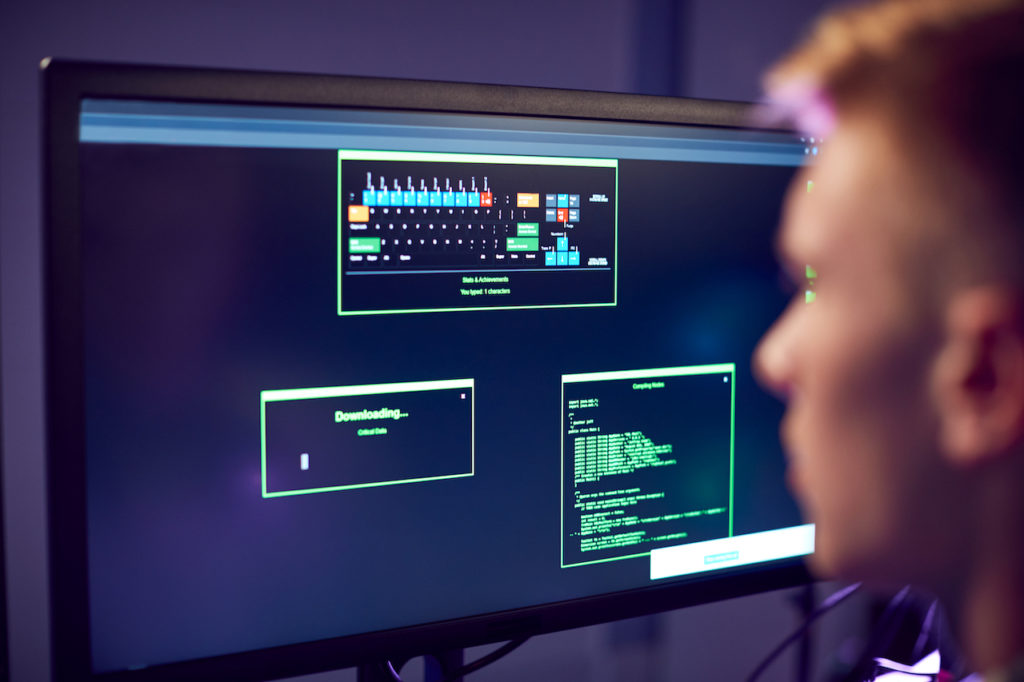The Cybersecurity Maturity Model Certification (CMMC) 2.0 and National Institute of Standards and Technology (NIST) 800-171 are both commonly referenced security frameworks utilized by organizations and agencies to safeguard sensitive information. While the fundamental purpose of both frameworks is to protect the confidentiality, integrity, and availability of controlled, unclassified information (CUI), there are noticeable differences between them. Here are five main differences between CMMC 2.0 and NIST 800-171:
1. Prescriptive
CMMC 2.0 is more prescriptive than NIST 800-171. While NIST 800-171 is a set of 110 security controls to be implemented to safeguard CUI, CMMC 2.0 is an evolving set of cybersecurity standards that organizations must adhere to and be certified against to work with the Department of Defense (DoD).
2. Compliance
CMMC 2.0 includes an assessed level of compliance, while NIST 800-171 does not. In the CMMC framework, there are five levels of maturity that correspond with a set of practices, processes, and procedures required for certification. NIST 800-171, on the other hand, is a set of recommended controls that organizations can choose to implement as appropriate.
3. Framework
The CMMC framework includes additional domains that require assessment, such as incident response, recovery, and situational awareness. These domains are not explicitly covered by NIST 800-171.
4. Security Posture
NIST 800-171 is primarily focused on protecting CUI, whereas CMMC 2.0 strives to strengthen the overall security posture of organizations. CMMC 2.0 stresses the implementation of cybersecurity practices beyond those solely focused on CUI protection, such as protecting against advanced persistent threats and promoting cybersecurity best practices.
5. Third-Party Assessment
Unlike NIST 800-171, the CMMC framework includes a third-party assessment component to verify compliance with the required level of maturity. This means that in addition to self-assessing compliance with the security practices, processes, and procedures, organizations must undergo a formal assessment by an authorized third-party assessor.
In summary, while both CMMC 2.0 and NIST 800-171 aim to protect CUI, CMMC 2.0 is more prescriptive, includes a maturity assessment, and assesses additional domains beyond CUI. Moreover, CMMC 2.0 aims to enhance overall security posture and incentivizes organizations to implement best practices. Additionally, third-party assessments are required for CMMC 2.0 certification, whereas NIST 800-171 is self-assessment based.

